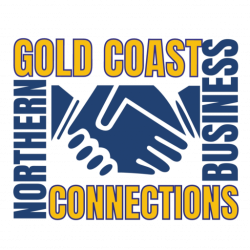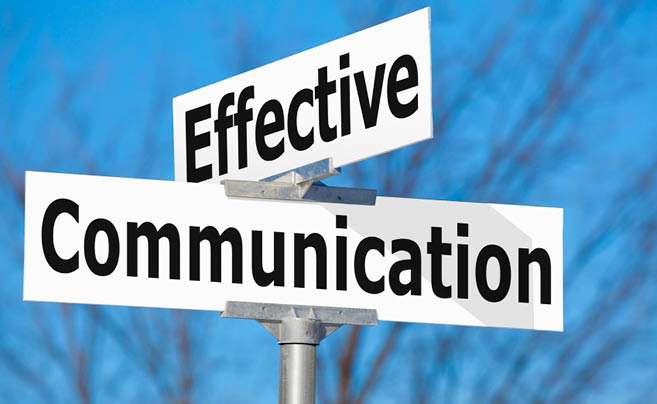Introduction
Communication is the process of sharing information with others. It’s how we let people know what we’re thinking and feeling, as well as giving them important information about your business.
Communication is important for business success because it helps build relationships with customers, clients and colleagues; it enables you to share knowledge about your products or services; it gives employees an opportunity for feedback on their work environment; and it can help resolve conflicts between people who work together on projects or in teams.
Communication Strategies
Developing a communication plan is the first step to effective communication. You can’t just wing it and hope that things will work out. It’s important to set goals for yourself and your team, then develop an action plan on how you’ll achieve those goals.
Once your strategy is in place, it’s time to create an effective message that resonates with your audience–and here’s where most people go wrong: They try too hard! When writing copy or giving presentations, don’t use flowery language or overly technical jargon; keep things simple and straightforward by using plain language (no fancy words).
Communication Tools
There are many different tools you can use to communicate with your team and others. Social media platforms like Facebook, Twitter and LinkedIn are great for sharing information with a broad audience. Email is another good option for communicating with colleagues who aren’t necessarily in the same office as you or those who don’t have access to social media accounts. If you want something more formal than an email but less formal than a letter, consider sending out newsletters or company updates via email every once in awhile.
Effective Listening
To be an effective listener, you need to focus on the speaker and what they are saying. This means you should be paying attention to their body language as well as the words coming out of their mouth.
It’s important that you ask questions if there is something unclear or confusing about what they are saying. This will show them that you care about what they have said and want clarification on certain points so that both parties understand each other better.
Verbal Communication
- Speak clearly, using appropriate language and tone.
- Make sure that you are understood by using simple words and sentences, so that your audience will not have any difficulty understanding what you are saying.
Non-Verbal Communication
Non-verbal communication is the process of communicating without using words. It includes body language, facial expressions and eye contact. Non-verbal communication plays an important role in business because it allows people to communicate quickly and efficiently without having to use words.
It’s important that you understand how nonverbal cues can influence your interactions with others at work so that you can make sure they’re positive ones!
Written Communication
Writing clearly, using appropriate grammar and being concise are all important elements of good written communication.
- Write in a clear style that is easy to understand.
- Use greetings rather than just launching straight into the message. This is not only polite but it builds the relationship.
- Avoid jargon, slang and clichés.
- Use the active voice rather than passive voice as much as possible, unless there is a specific reason not to do so (e.g., if you want to emphasize who did something). In general though, active sentences are easier for readers who don’t know your subject matter well enough yet because they give them more information than passive ones do.
- Be responsive – always respond to an email within 24 hours even if it just to say you can’t provide an answer at the moment but will do so as soon as possible.
Conflict Resolution
As people and opinions vary there is bound to be conflict from time to time. If approached in the right way resolving conflict can achieve very positive outcomes. The following are the main steps in conflict resolution.
- Identifying the problem v- there must be a mutual agreement as to what the problem is before anything can be done about it.
- Understanding different perspectives – it is important to consider all perspectives even if you don’t agree. Everyone has a right to be heard.
- Finding a solution – there are probably many possible solutions so try brainstorming and then systematically work through each one to find the best solution.
Presentation Skills
Presentation skills are an important part of business success. You can have the best product or service in the world, but if you can’t communicate it effectively to your target audience, you won’t be able to sell it.
A good presentation will include:
- A clear introduction and conclusion that tell people what they’re going to learn from your talk and why they should care about it
- A strong opening statement (e.g., “I’m going to tell you about my experience with [product/service]” or “This is how we solved [problem]”)
- The main body of your talk–what’s most important for people listening? What do they need in order for this information to be relevant? How does it apply directly back into their lives?
Conclusion
You can’t be a successful business owner without effective communication. It’s the cornerstone of every business relationship–with customers, employees and vendors.
It’s also an essential skill for anyone who wants to advance in their career or get ahead at work.

